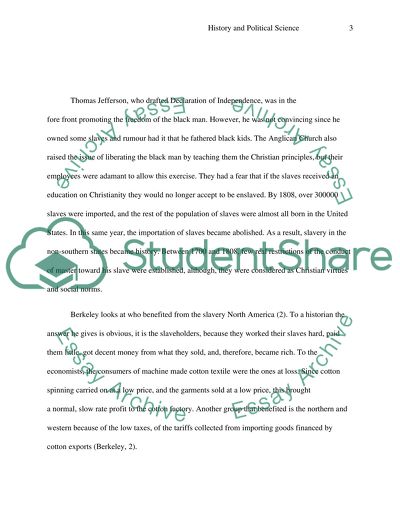Cite this document
(“Slavery in North American Colonies Essay Example | Topics and Well Written Essays - 1000 words”, n.d.)
Retrieved from https://studentshare.org/history/1432951-slavery
Retrieved from https://studentshare.org/history/1432951-slavery
(Slavery in North American Colonies Essay Example | Topics and Well Written Essays - 1000 Words)
https://studentshare.org/history/1432951-slavery.
https://studentshare.org/history/1432951-slavery.
“Slavery in North American Colonies Essay Example | Topics and Well Written Essays - 1000 Words”, n.d. https://studentshare.org/history/1432951-slavery.


